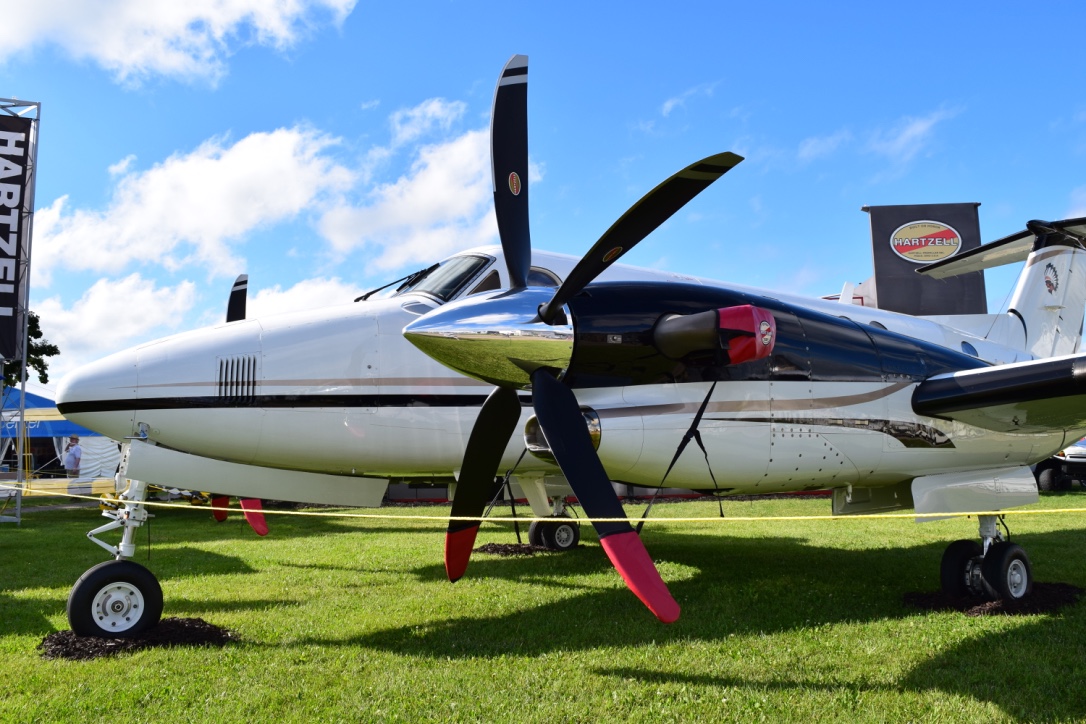
Constant speed propellers are variable pitch propellers that automatically adjust the pitch of the propeller blades during flight so that they maintain a constant rotational speed. You may already know the basics of how constant speed propellers work, but have you ever wondered about the benefits of constant speed propellers? Here are three advantages of constant speed props:
As opposed to fixed-pitch propellers, which only operate at their optimal efficiency in one stage of flight, constant speed propellers can provide peak performance at each phase of flight, from takeoff to landing. With a constant speed propeller, pilots can select the revolutions per minute (RPM) that provide the most suitable power for every given situation. For example, you may want a higher RPM for increased takeoff power and a lower RPM for cruise flight. By automatically adjusting the angle of the blades, constant speed propellers can better control the RPM levels and provide the appropriate amount of power for each stage of flight.
Today’s constant speed propellers adjust automatically many times throughout flight to take a greater or lesser “bite” of air depending on the aircraft’s speed. In cruise flight, increasing the angle-of-attack of the prop also increases the engine’s torque. This increase in torque effectively slows down the engine, resulting in improved fuel efficiency.
Constant speed propellers may also prevent damage to the aircraft’s engine. For example, if an engine is operated at an RPM setting that is too high or too low, the engine can become damaged or worn out. Constant speed propellers are commonly found on today’s high-performance aircraft to protect their powerful engines while providing pilots with increased control throughout flight.